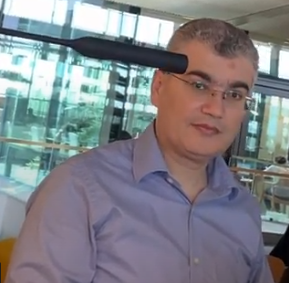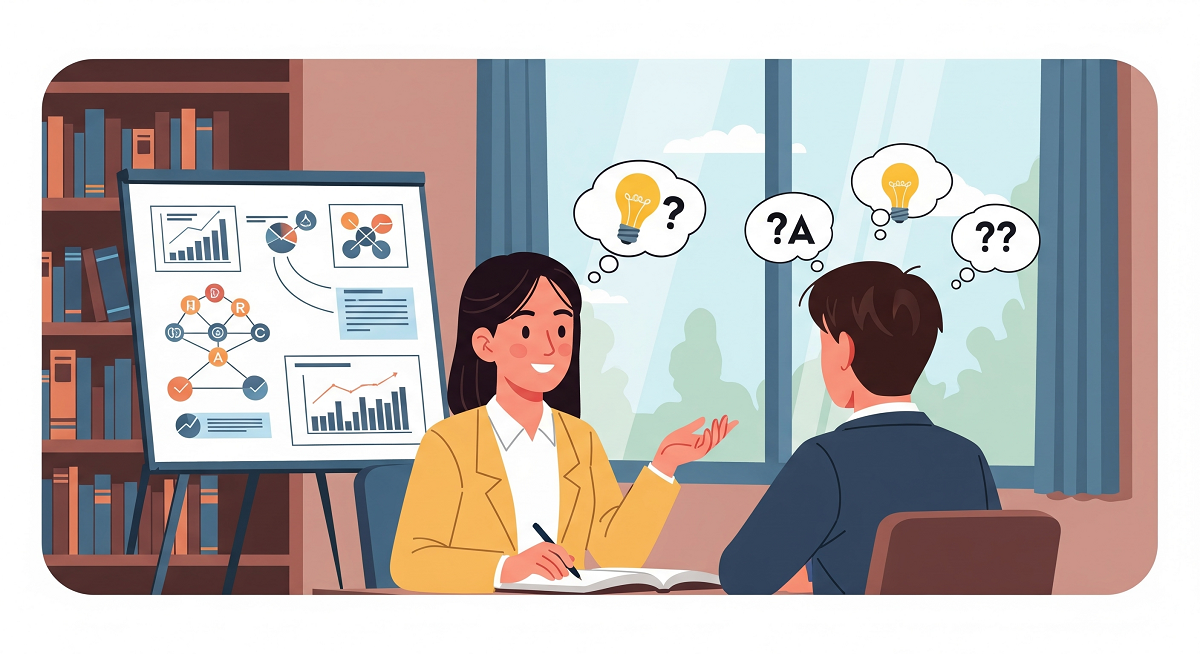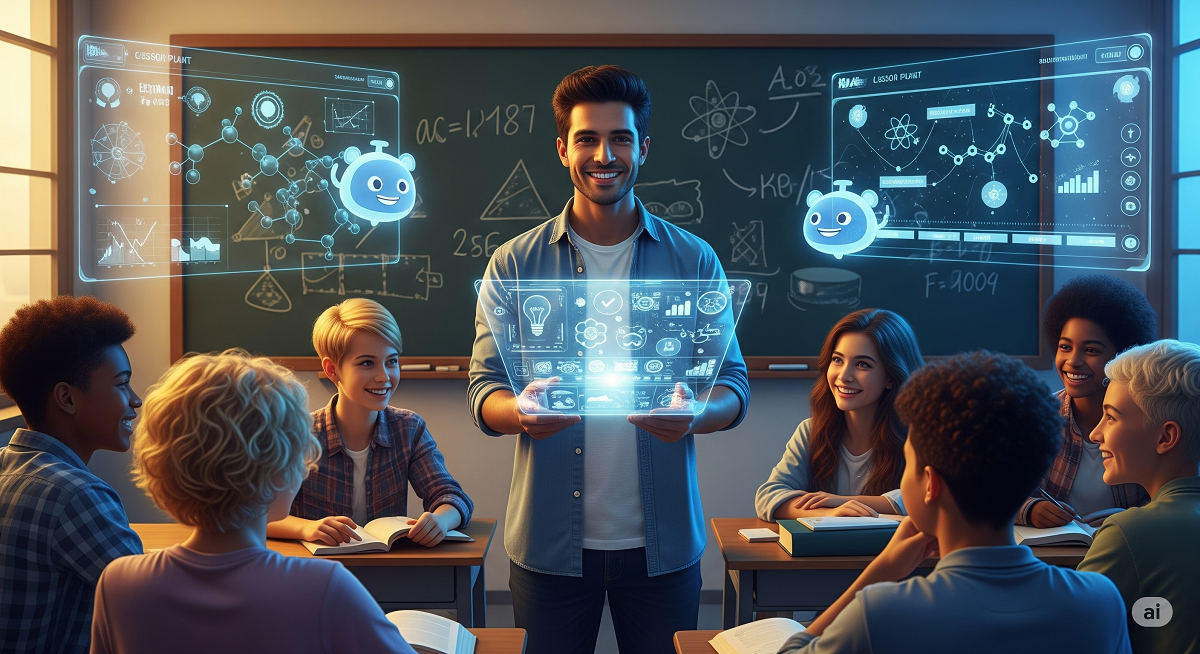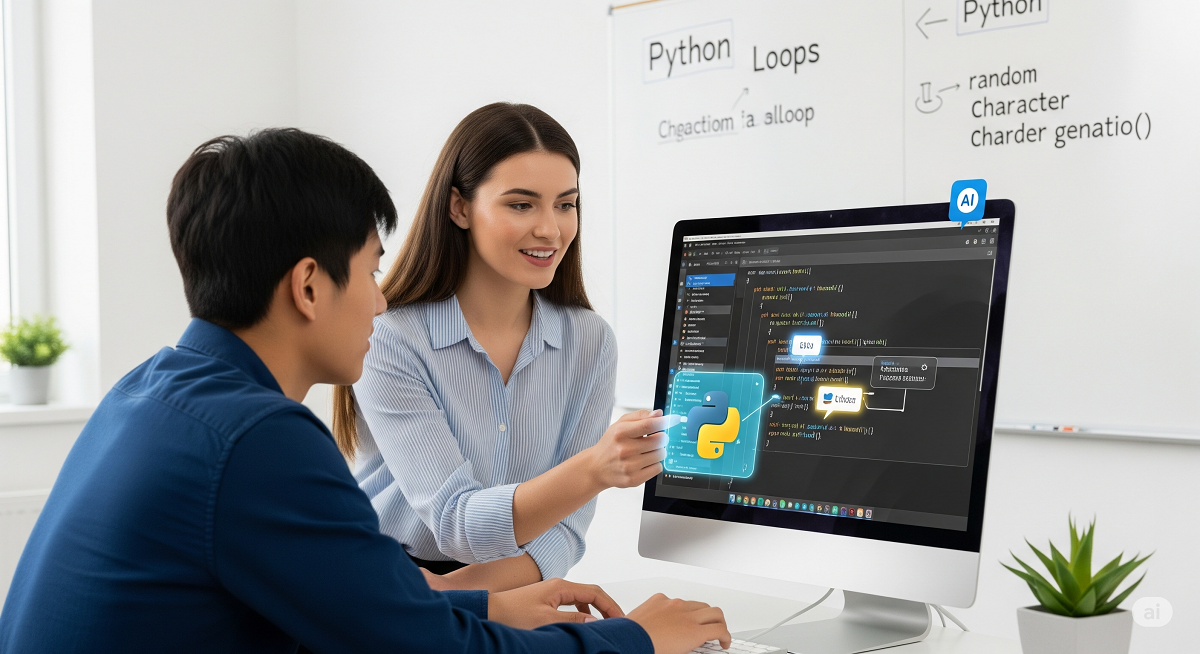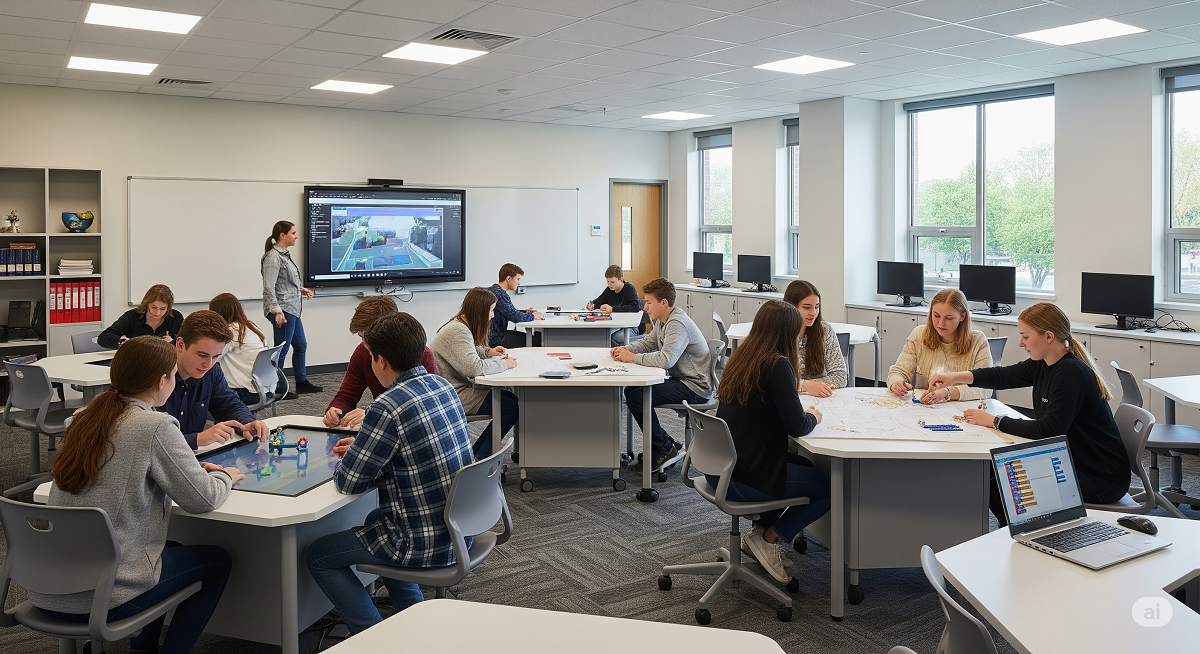Why One-on-One Tutoring Works: Proven Research and Practical Tips
Why One-on-One Tutoring Works: Proven Research and Practical Tips
Introduction
One-on-one tutoring is widely recognized as one of the most effective educational strategies. Research consistently shows it can produce dramatic learning gains, often outperforming traditional classroom teaching. But what exactly makes it so powerful?
A seminal study by Chi et al. (2001) explored this by testing three core theories:
-
The Tutor-Centered Hypothesis (T-hypothesis): Learning is driven by the tutor’s skills and methods.
-
The Student-Centered Hypothesis (S-hypothesis): Students learn by actively engaging and constructing their understanding.
-
The Interactive Hypothesis (I-hypothesis): Effective learning arises from interactive dialogue between tutor and student.
Let’s dive into what the research reveals.
1. The Tutor-Centered Hypothesis: Do Tutors Drive Learning?
What the Study Found
Tutors generally led the sessions—delivering explanations, offering feedback, and managing the flow of instruction. However:
-
Tutor explanations alone resulted in shallow learning.
-
Students tended to passively absorb facts without truly understanding them.
-
Tutors often provided information students didn’t ask for.
Key Takeaway
Tutors matter—but explanation without engagement is not enough. Real learning requires active student involvement.
2. The Student-Centered Hypothesis: The Power of Active Learning
What the Study Found
Students who engaged more—by asking questions, explaining ideas, and reflecting—learned more deeply.
-
Self-reflection and summarization significantly improved retention.
-
Active learners retained more than passive listeners.
Key Takeaway
The more students participate in the learning process, the more they retain and understand. Encourage active engagement!
3. The Interactive Hypothesis: Dialogue Beats Monologue
What the Study Found
Interactive, two-way sessions led to the greatest learning gains.
-
Guided questioning and problem breakdowns were more effective than straight explanations.
-
Content-free prompts like, “Explain in your own words,” produced deeper understanding.
-
Students learned more when they had to think their way through problems.
Key Takeaway
The best tutoring happens through conversation, not lecture. Interaction and questioning foster deeper thinking.
Practical Implications for Educators and Tutors
1. Encourage Construction Over Correction
-
Instead of correcting, ask: “How did you get that answer?”
-
Use prompts like: “Teach this concept to me as if I’m new.”
2. Focus on Scaffolding
-
Break problems into small, manageable chunks.
-
Offer decreasing levels of help as confidence grows.
3. Promote Reflective Thinking
-
Ask: “Does this make sense to you?”
-
Encourage students to summarize what they’ve learned at the end.
4. Apply This to AI & Digital Tools
-
Use Socratic prompting in AI-based tools.
-
Avoid info-dumping—guide users to generate their own solutions.
Conclusion: The Best Tutoring is a Two-Way Street
Research is clear: Effective tutoring is not about delivering information—it's about helping students build their understanding through interaction and reflection.
For better tutoring:
✅ Talk less, ask more.
✅ Let students explain.
✅ Scaffold before you support.
✅ Use tech to foster engagement—not just content delivery.
Final Thought
Next time you tutor or design a lesson, ask:
“Am I helping them think—or doing the thinking for them?”
The difference is where real learning begins.
